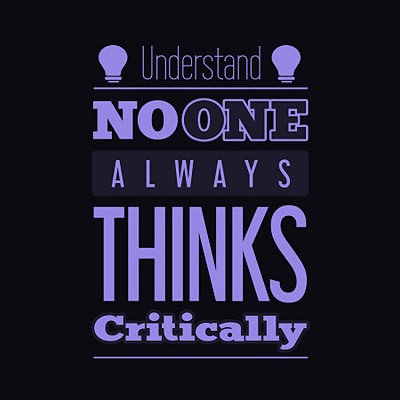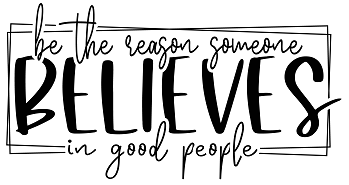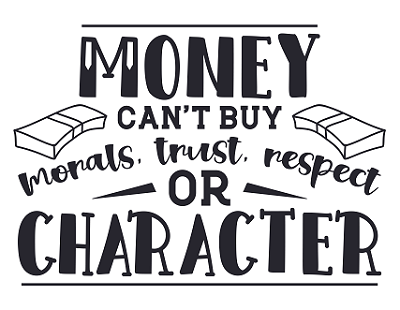Critical Thinking
 Our biggest job as parents is to prepare our offspring for life as happy, fulfilled, and productive adults. One of the best skills we can pass on to our kids and teach them is critical thinking. It will serve them well throughout their later years in school and of course into adulthood. Critical thinking will help them get ahead both in their professional and personal life by enabling them to make smart decisions. Let’s take a look at what you can do to encourage your little ones to start practicing critical thinking skills from an early age.
Our biggest job as parents is to prepare our offspring for life as happy, fulfilled, and productive adults. One of the best skills we can pass on to our kids and teach them is critical thinking. It will serve them well throughout their later years in school and of course into adulthood. Critical thinking will help them get ahead both in their professional and personal life by enabling them to make smart decisions. Let’s take a look at what you can do to encourage your little ones to start practicing critical thinking skills from an early age.
Lead By Example
The best place to start is to lead by example. Make sure you use your critical thinking skills as you work through everyday problems and issues. Explain to your kids what you’re doing and how you’re coming to the solutions. In short, show your work and let them see – in an age-appropriate way – how critical thinking works in real life. Continue reading
 I’ve been sharing a lot of information about critical thinking and how we can use it as a problem-solving skill. The other strategy available to us and one I’m sure you’ve heard about is creative thinking. We’re told to think outside the box and get creative. That’s a polar opposite to the very logical approach of critical thinking. I thought it would be interesting to take a look at these two thinking styles, how they differ. Then I’ll wrap things up by sharing how you can supercharge your problem-solving skills by combining the two.
I’ve been sharing a lot of information about critical thinking and how we can use it as a problem-solving skill. The other strategy available to us and one I’m sure you’ve heard about is creative thinking. We’re told to think outside the box and get creative. That’s a polar opposite to the very logical approach of critical thinking. I thought it would be interesting to take a look at these two thinking styles, how they differ. Then I’ll wrap things up by sharing how you can supercharge your problem-solving skills by combining the two.
Critical thinking, as we’ve already established, is a very logical approach to problem-solving. You determine what the problem is, gather as much data as needed, analyze it, and then come up with the best possible logical solution. You then apply the solution and determine if it’s a good fit or not. If it’s not a good fit, you go back to collecting and analyzing more data. You continue the process until you find the best possible solution, considering alternatives and weighing up options as you go. Continue reading





